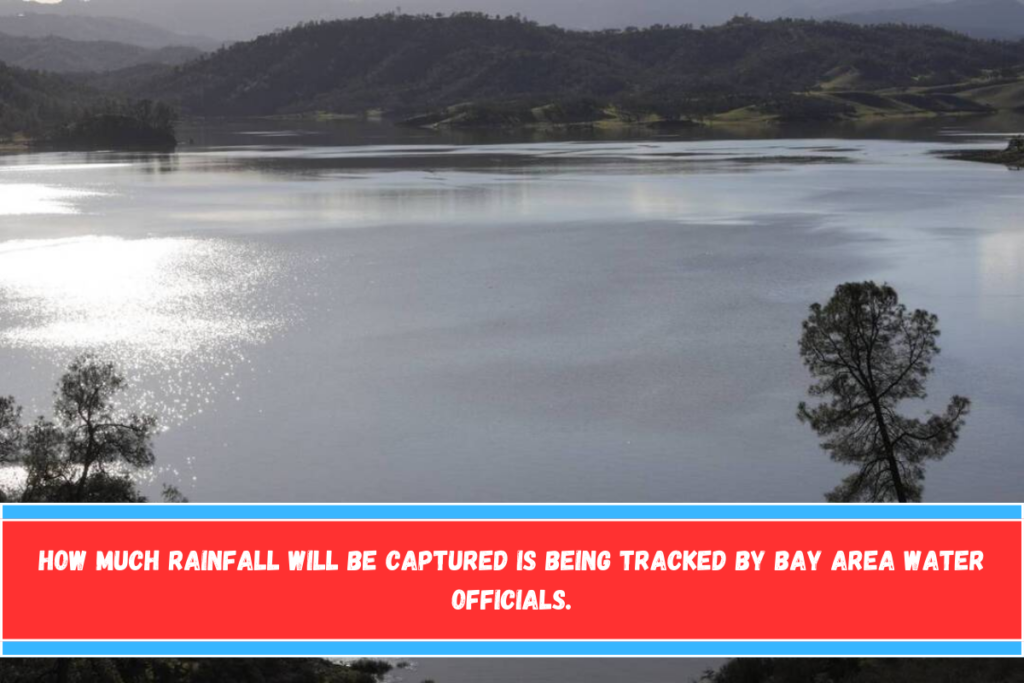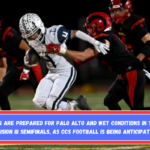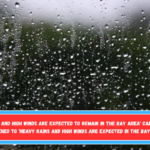As the wet season starts, scientists are checking to see how much rain will be collected.
He said, “Like I said, I come here with the dog a few times a day.” Tom Bunting walked through the rain. “And I wanted to see what the river was like.”
Bunting and his lab During a break in the heavy rain, Molly went to check out how the nearby Russian River was being affected.
“It’s popped up a bit. Still, I said it has a long way to go. “This place has a lot more water,” he said. Bunting told them it was the same kind of start he sees around Halloween, but they’ll take it.
He said of the storm, “This is perfect.” “We need this.” We need more of it.”
Grant Davis, General Manager of Sonoma Water, said, “From what I understand, if you look at Ukiah, where we’re expecting 10 inches of rain probably by the weekend…” “For this time of year, you look much better than most people.
That much rain already in our pond at the start of the year means that it will be full. “What a great way to begin.” The office is keeping an eye on how much of the early rain in this storm actually soaks into the ground to make it more water-retentive.
“I’m looking at it just came in this morning for both of our reservoirs, and it’s not as simple as sort of you’re gonna get saturated levels,” he said.
It’s a matter of how dry the soils are right now, how the last summer has gone, when the last rain event of any kind was happening.”
And up to 10 inches of rain in this area would really get the system going again. After two good years, it’s doing well. From the start of the year to now, reservoirs across the state are higher than usual.
And Sonoma’s water system is better off because of changes in how reservoirs are handled, especially during storms like this one.
“We are engaging in something called Forecast Informed Reservoir Operations or FIRO,” he said. “Right now, you’re in Lake Mendocino. We’ve had two years in a row of high water, but we’ve been able to keep what’s called a pool above the normal flood control line.
It’s because we’re getting better at keeping an eye on AR. We know where it is in general. We know the kind of integrated vapor that’s coming; now we just need to know whether it will be above or below your pool and for how long.
This area has helped make forecasts for reservoir operations, and now we’re sharing what we know with the rest of the state and the western states.


